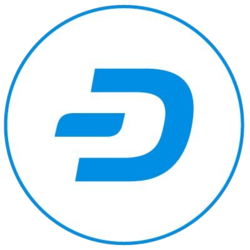Consensus is the backbone of peer-to-peer digital transactions. Ever since Satoshi Nakamoto created the concept of Bitcoin, he (she? they?) knew that the one missing ingredient in peer-to-peer digital asset transactions was the ability to remove duplication, an inherent issue in the digital space. The ability to use a peer group to effectively validate all activity within a network to ensure that every transaction was valid was essential in creating a system of checks and balances which allowed for trustless immutable transactions between peers.
From this concept, the original consensus model, Proof-of-Work, was born. Proof-of-Work required the solving of complex algorithms, consuming vast amounts of electricity and computing power. The goal was to use these solved algorithms as validations of transactions, rewarding the individuals who solved these transactions with additional digital assets.
Through the evolution of cryptocurrency, Proof-of-Work started to dissuade some individuals from entering into the market due to the rather large costs required for expensive computing equipment and industrial-like infrastructure requirements. This sentiment lead to Proof-of-Stake, a much more user-friendly consensus mechanism, yet still anonymous in its function. This consensus required individuals to hold onto their assets in their wallet in order to validate network transactions. They were also rewarded for their efforts through engaging in this process. Proof-of-Stake also has its share of issues as it offers significant incentive to early adopters to support the network, and as such, still poses a barrier to entry for new actors.
Proof-of-Authority (PoA) solves these problems. Proof-of-Authority is a modified Proof-of-Stake consensus mechanism. Proof-of-Authority works by removing the weight of an actor (based on the value of their digital assets) and focuses on tying an individual’s identity to their ability to validate a network.
Proof of Authority allows participants to verify their personal identity in exchange for the right to validate the network and receive rewards. This form of consensus provides a fully transparent network validation method, removing the ability for malicious actors to attack a network while maintaining their anonymity. The requirements for an individual to engage in a PoA network can be as simple or as complex as the network administrator deems fit. The ability to administer a system of checks and balances against a person’s identity would be as easy as completing a criminal background check before obtaining employment. Once the individual is cleared through a series of tests and pre-requisite screenings, they would now be allowed to participate in validating network transactions.
Although PoA consensus seems to contradict the original sentiment of the cryptocurrency community, which seems to focus on privacy and anonymity, we have to realize that the practical application of Blockchain technology includes the decentralized storing of data (with increased security due to the lack of a central point of failure). Enabling the possibility of malicious intent must be eliminated in its entirety through the implementation of more secure, identity-driven networks such as these. At the end of the day, advancements such as PoA will only aid in ensuring the legitimacy, security and long-term growth of both cryptocurrency and blockchain technology.




























